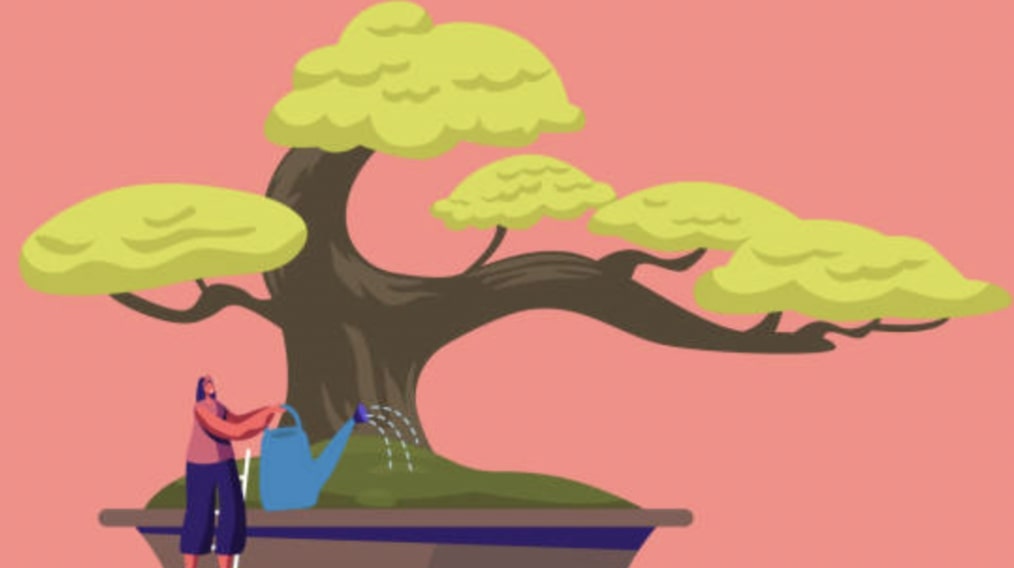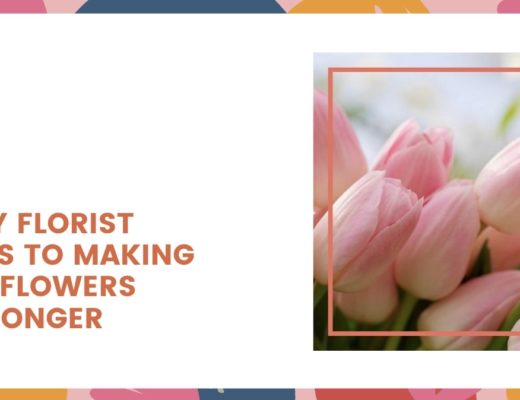A bonsai tree isn’t any harder to take care of than other types of garden shrubs and indoor plants—even though, it’s literally a dwarfed tree in a pot.
Today, we will show you how to take care of bonsai trees in different aspects, including watering, lighting, fertilizer, pruning or trimming, and transferring to a new vessel.
Following its best care methods will keep your bonsai fresh and beautiful, while rooting you in the present moment, away from your troubles and worries.
Ready to begin? Read on to know more!
Lighting
Bonsai trees thrive under direct sunlight of ideally 5 to 6 hours per day. If it’s not getting much sunlight, you can increase the amount of time up to 16 hours every day.
Don’t use artificial lighting on your bonsai trees as it doesn’t provide the full spectrum of light that they need.
Due to differing environmental factors, you may need to relocate the bonsai to a different spot in your house. However, do so gradually, as shifting quickly from low to intense light will damage the plant.
Watering

Unlike with other plants or blooms, it can be hard to determine the exact watering needs of your bonsai trees, since they depend on several factors—not just when the topsoil is dry.
Besides the soil condition, you need to look at the season, particular variety of your bonsai, tree size, and how much it is exposed to the sun.
Generally, you should water a bonsai tree daily or every few days. If the top portion of the soil is dry to the touch, it’s always a sign you should water it.
As you continue to observe and take care of your pretty bonsai tree, you’ll get to know its ideal water requirements.
Fertilizer
Fertilizer is essential to keeping your bonsai tree vigorous and lush. But this should not be just any fertilizer, but one that’s specifically formulated for bonsais.
Phosphorus, potassium, and nitrogen fertilizers are the best ones to use for bonsais. These are responsible for root growth, green coloring of the leaves, and flower production.
You can get bonsai fertilizers from your local florist, hardware store, or garden center.
Also, here are some tips for using fertilizer on your bonsai tree:
- Apply fertilizer during the growing season for outdoor bonsais
- Fertilizer has to be used regularly throughout the year with indoor bonsais
- Don’t use too much nitrogen fertilizer during warm and inactive seasons
Pruning or Trimming
Pruning can be done on your own, although you can rely on a bonsai specialist or florist to give you a hand.
There are two kinds of pruning you can do: structural and maintenance pruning. The former should be performed only when the bonsai begins to grow, and the latter can be done anytime in the year.
However, it should be done the right way to keep the plant healthy and beautiful, for example, to add shape and prevent overcrowding. Also, use only sharp cutting tools to avoid injuring the bonsai tree.
Repotting

For your bonsai to keep growing and be long-lasting, it has to be repotted every one to five years, depending on the age of the plant.
Younger plants will require more repotting, while older bonsais will require less frequent repotting, for instance, once every 3 or 5 years, according to their kind.
Plus, it’s important to note that bonsai trees become dormant during the winter—when they store energy for growing in spring. So repotting will allow them to grow big and fast without being crowded.
Here are the signs that you should repot your bonsai soon:
- Current leaves become pale-yellow in color and new ones are growing
- If there are new buds, you should prune the bonsai’s roots before repotting the plant




